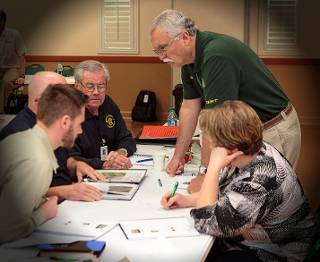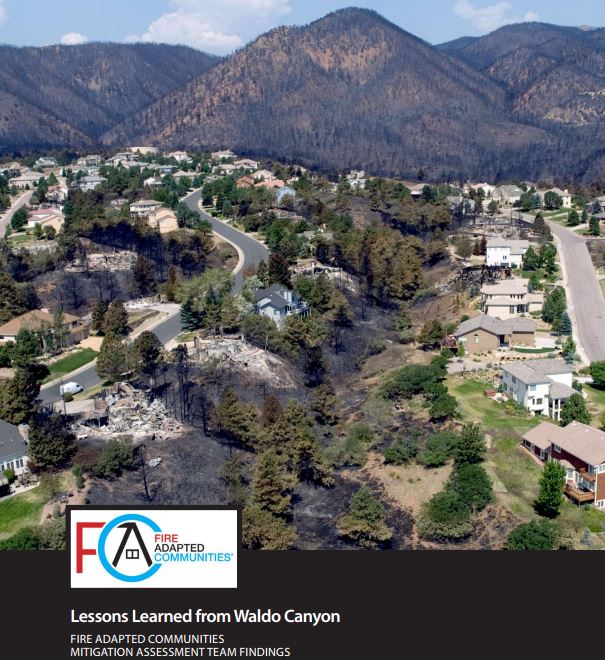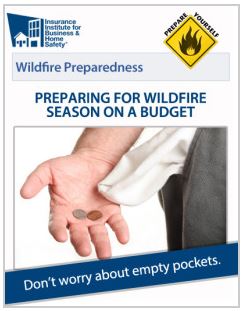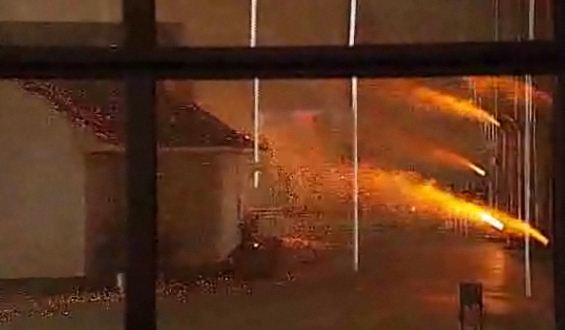
The National Fire Protection Association (NFPA) has received a large grant from the Federal Emergency Management Agency to transform its classroom-based wildfire risk reduction training into a digital learning experience for Americans living and working in the wildland/urban interface (WUI).
The organization will develop three training programs — for homeowners, business owners, and public safety personnel. They will cover WUI fire mitigation practices using interactive web-based training and engaging simulations in a 3-D virtual environment. The training modules will be experiential, a process of learning through experience such as hands-on or simulations.
Some of the content from an existing conventional class, Assessing Structure Ignition Potential from Wildfire, will be incorporated into the new experiential format. The two-day course is based on fire science research into how homes and other structures ignite during wildfires and covers wildfire behavior, structure exposure, and the concept of the Home Ignition Zone. Attendees learn how to analyze wildfire risks to structures and provide actionable advice to property owners through an activity-rich curriculum.
The transformation project will be conducted in partnership with the Insurance Institute for Business & Home Safety, an independent, nonprofit, scientific research and communications organization, and overseen by a technical advisory panel of experts.
Michele Steinberg, Manager of NFPA’s Wildfire Division, said work based on the $950,000 FEMA grant began in September, 2020. “We anticipate having the main training module deliverable available by around October 2021, with additional elements being added through the first three quarters of 2022,” she said.
The NFPA has also received two other FEMA Assistance to Firefighter Grants grants to study the effectiveness of fire investigator personal protective equipment and to develop a strategic roadmap for the fire service while transitioning from fluorinated foam usage to fluorine free foam technology.








